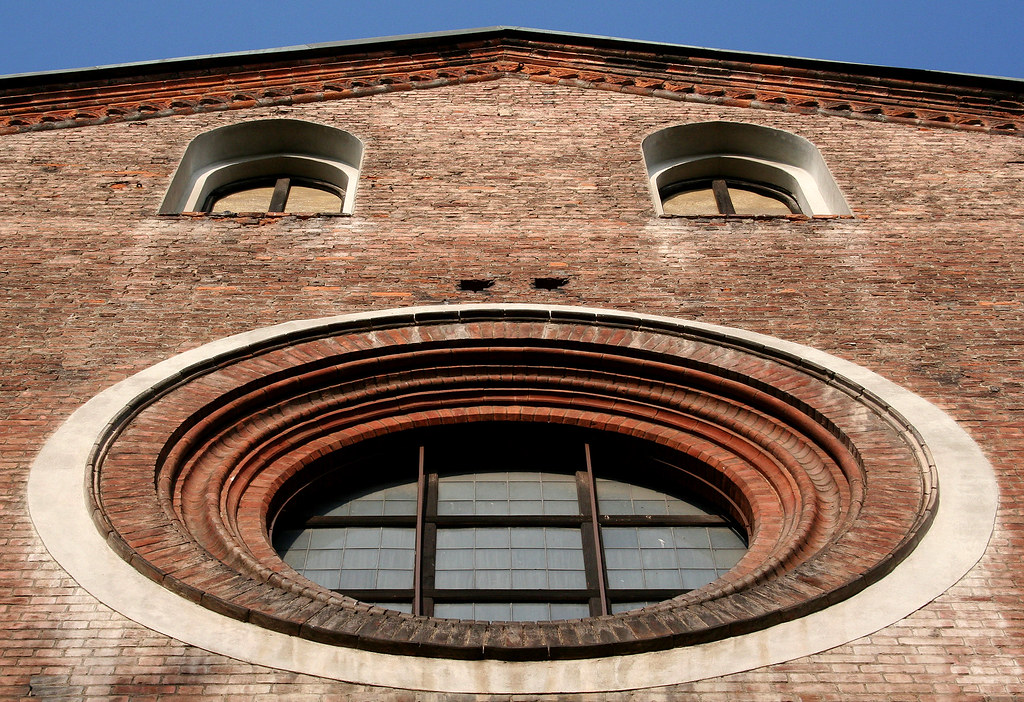On the previous post, we talked about analogical thinking. This time round we take it into another aspect. Just one topic that can relate to analogical thinking better, architecture.
Architectures takes a tremendous amount of time, making countless drafts until they get a final sketch of their design. But, have you ever wonder where did they get inspirations from ? Well, analogical thinking is definitely one of the ways to get ideas.
If we observe carefully, many buildings are made as a form of facial expressions.
Here are some examples.
The two windows represent the eye, while the etch in the middle forms a nose and a mouth that seems to be showing an expression of shockness below it.
A house from far which resembles a face with a cute expression due to the small windows that represents eyes and mouth
What seems to be a monstrous face with a big wide mouth sucking in all the water .
A face giving an expression of 'surprised or shocked' as the round window played an important role as a mouth to show the expression
Here, we have some personal shots of what caught my attention when i was walking around exploring the school. Some are obvious to your eyes and some have only tiny details that you have to spot to conclude the overall picture.
Take a look ! ;)
Interior walls of the class with a cool sticker which looks like a lightbulb and also a rocket
Our school balcony 'chilling' area with a missing table. Somehow it resembles a duck face due to the composition of the missing table, a chair cushion in the middle and the two chairs.
Here,the carpet looks like a bowling ball with my shoes as the bowling pin.
A box of rack with a hole cut out to give user a preview of what is inside. It resembles a persons eyes and the top flap makes up the straight brows.
While architectural designers getting inspirations for buildings, other artist take opportunities like this to make use of what is available and tweak it to give another new look.
Street painting of an eye and the proportion of the building which compliments the artwork.
By using elements such as arrangements of flowers to show more obvious expressions.
There are countless of things to see and imagine if you really visualise and keep an open mind. From there, inspirations can come anytime anywhere. All you gotta do is, think ;)
Peace out.
Image ref 1 : http://theverybesttop10.files.wordpress.com/2013/05/the-world_s-top-10-best-buildings-with-faces-8.jpg
Image ref 2 : http://www.extralast.com/pics3/oban-building-face-1.jpg
Image ref 3 : http://www.geekfill.com/wp-content/uploads/2014/03/371.jpg
Image ref 4 :http://farm1.staticflickr.com/21/94222511_38ba492b92_b.jpg
Image ref 9 : http://static.squarespace.com/static/52cad8a6e4b0037bd0e48475/52ea7b9be4b03440a7b337a4/52ea7c45e4b03440a7b3409a/1298889837000/28mm_women_Rio_111.jpg?format=original














.jpg)

